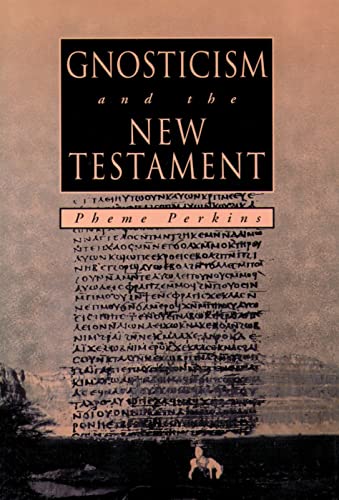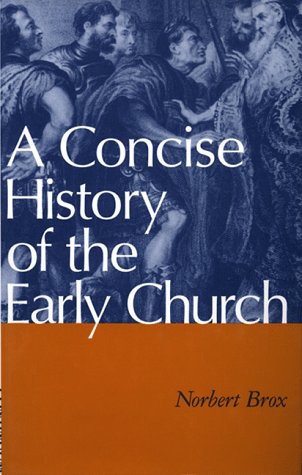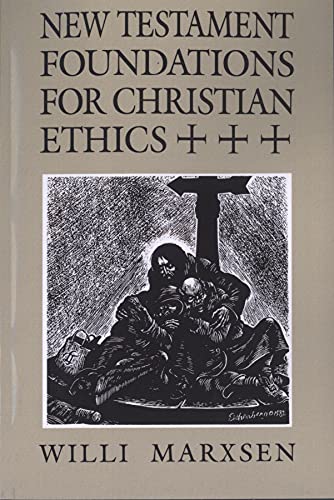Judaism: Practice and Belief, 63 BCE–66 CE
Written by E. P. Sanders Reviewed By Harold W. HoehnerE.P. Sanders is a well-known NT scholar who in recent years has published many thought-provoking works regarding first-century Judaism. However, Sanders begins his preface (p. ix) by saying: ‘This is the book I always wanted to write, or at least close to it. It deals with Judaism as a functioning religion in the early Roman period (usually called for convenience “the first century”). Though there are substantial chapters on theology and the famous parties (Sadducees, Pharisees and Essenes), the accent is on the common people and their observances.’
The book is divided into three parts: I Context (pp. 1–43); II Common Judaism (pp. 45–314); III Groups and Parries (pp. 315–494), followed by notes, bibliography and indexes. As he promised in the preface, the bulk of his work is in Part II dealing with the common people and their practices.
This is a fascinating book. Sanders engages the readers with primary sources of the first century and gives a feel for what the ordinary Jewish people of the first century thought and practised in their religion. He carefully explains such things as the responsibilities of the people and priests in sacrifices that were offered. There are details of the practices of tithing and taxation. He explains that the majority of the people of the first century wanted to keep the law and that they had a hope of the afterlife. Sanders’s work is encyclopedic in giving the details of the function of religion among the common people of Israel. Most of it is drawn from the Bible and Josephus. Though it is a scholarly work, it is a very readable book. It is helpful to those who have never read in this area as well as to those who have made a life study of Judaism. This is commendable.
Sanders is critical of Schürer and Jeremias, both of whom have greatly influenced the scholarly consensus regarding Judaism. He shows how they have assumed that first-century Judaism can be inferred from the rabbinic writings of later centuries. They conclude that the Pharisees had a very strong hold over the people and the institutions of ancient Judaism. Sanders points out, however, that rabbinic texts cannot tell us what Judaism was like before Jerusalem’s destruction in ad 70. He contends that the Pharisees may have had tremendous power during the Hasmonean period (135–63 bc) but with the advent of Rome their influence was substantially reduced. During this time it was the priests and not the Pharisees who governed the religious life both inside and outside the temple. The primary source for Sanders’s portrayal of the Pharisees comes from Josephus.
Interestingly, he depicts the first-century Pharisee as not hypocritical or seeking self-glorification but rather motivated by true religion with a desire to serve God (p. 447). They were precise in their interpretation of the law. However, this viewpoint seems, suspiciously, to have its source in rabbinic material such as that used by Schürer and Jeremias. Yet Jesus attacked the Pharisees for their hypocrisy (Mt. 22:15, 18; 23:13, 15, 23, 25, 27, 29; Mk. 7:1–13) and the picture of the Pharisees in the Gospels is not the way Sanders portrays them. Because of the lack of first-century sources he sometimes attempts to recreate the scene by using parallels in modern-day religious activities. For example, he mentions the fact that prayer has not changed in the last 20 centuries (p. 203) and points out that the Jewish festivals were similar to Christmas (p. 128). Unfortunately, this is speculation.
It should be noted that there are two things of a technical nature which might annoy the reader. First, this book very much needs a subject index. It is packed with very valuable information but it is very difficult to find this information. For example, I was interested in his view on the Zealots (and I happen to agree with him) but I had to discover the information by reading through the entire text. Second, in my opinion footnotes would have been preferable to endnotes. This is especially true since the binding on the paperback is so tight that it is very difficult to refer to the notes without losing your place in the text.
Nonetheless, these criticisms should not detract from the value of this monumental work. It is a vast storehouse of learning and insight into first-century Judaism. One senses the importance of the religion among the common people and not just the few religious leaders. There is no doubt that this work needs to be on the shelf of every biblical student. It is definitely a useful resource book.
Harold W. Hoehner
Dallas Theological Seminary, Dallas, Texas







